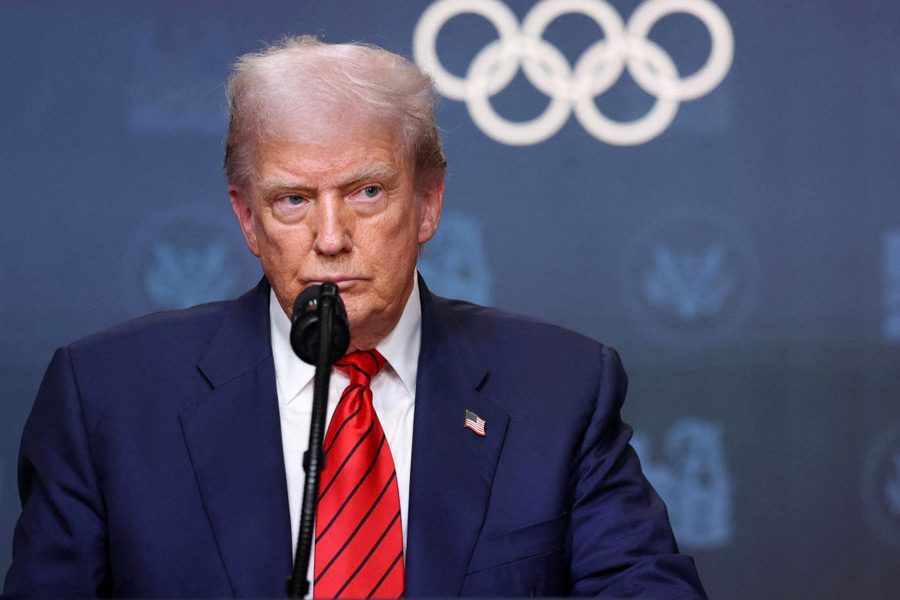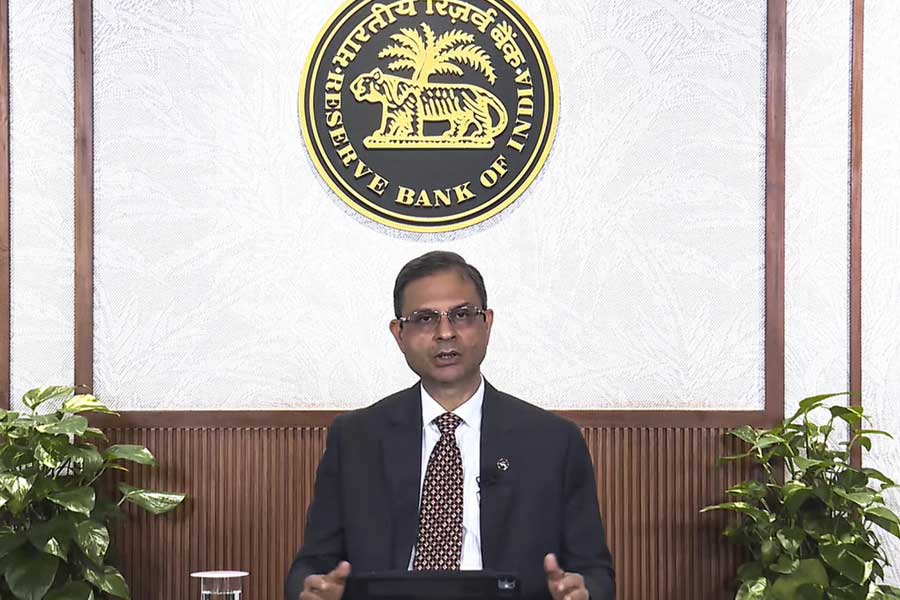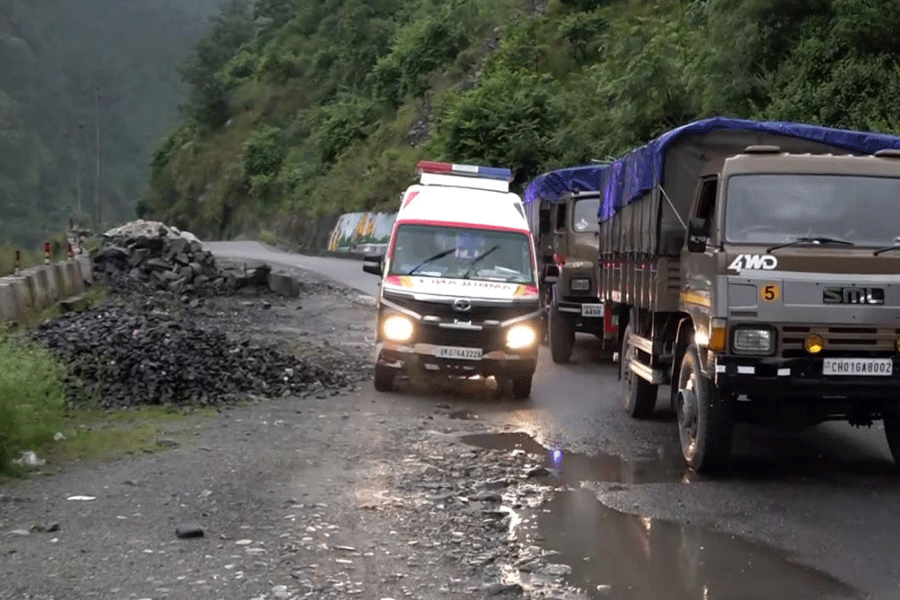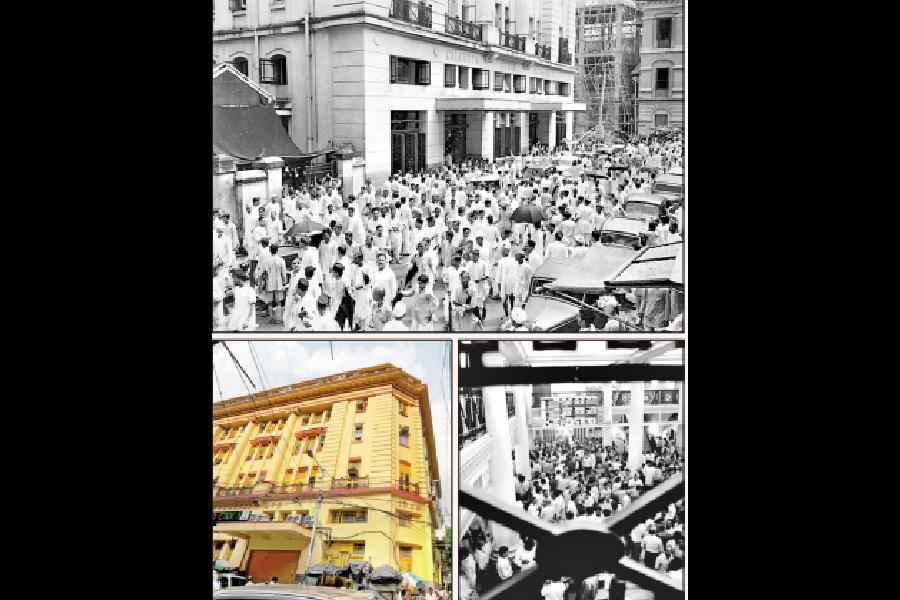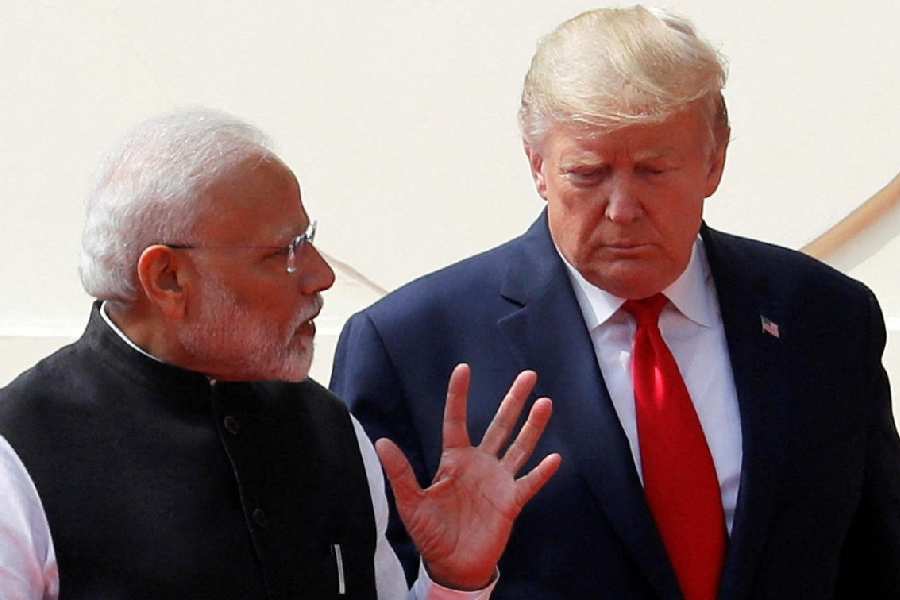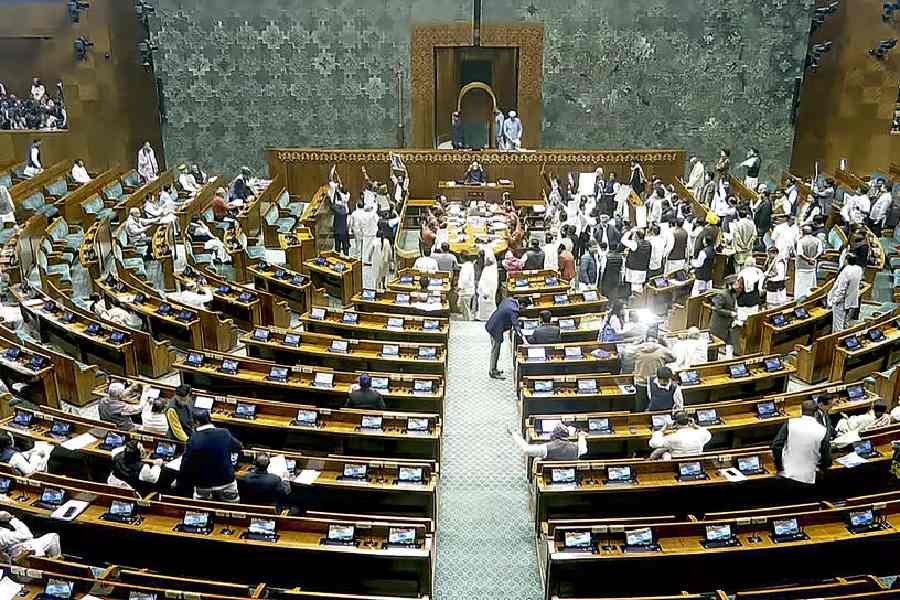|
|
Farida Khatun, the 12-year old daughter of a wage labourer, could have passed class V and enrolled in class VI this academic session. She discontinued her studies in December 2009 after she suddenly fell sick in school. Severely malnourished, she was diagnosed with acute anaemia. Her parents, with a monthly income of Rs 2000 and six family members, couldn’t even manage a square meal every day. When she recovered, she never returned to school. She got a job as domestic help to make ends meet.
Farida had been in a primary school in Calcutta. Despite the mandate of giving cooked midday meals to children in government schools, her school had no such provision. Seven years after the implementation of the MDM scheme, only 128 of the 1134 primary schools (a little over 10 per cent) of the Kolkata Primary School Council have cooked midday meals. Many children drop out and opt for child labour to escape the pangs of hunger. How can the government ensure the right to education under such circumstances?
The middle class is increasingly moving away from public education in urban areas; so the government primary schools cater to the socio-economically deprived sections. The non-implementation of the MDM scheme is, therefore, hardly a subject of debate, as it does not affect the upwardly mobile middle class, which sends its kids to elite schools. The paradox is that when there is an attempt to increase the number of schools in rural areas, it is shown that the number of primary schools in cities such as Calcutta is in decline owing to a lack of students. Yet this is happening when the slums are swelling and the metropolis must grapple with growing numbers of people living on the edge. Just a couple of years back, the number of primary schools under the KPSC was 1200, now reduced to 1134.
A recent study by the Pratichi (India) Trust, which has long been advocating the school feeding programme, paints a dismal picture of MDM implementation in West Bengal in general, and Calcutta in particular. It notes that more than two-thirds of Calcutta primary schools (run by the Calcutta Municipal Corporation and the KPSC) still remain “uncovered”. The Union ministry of human resource development said in 2009 that “it is a matter of serious concern that still there are schools/children in the primary stage in West Bengal, that too in the city of Calcutta, where the MDM is yet to be operationalized even in 2008-09. Such large scale non-coverage in the primary as well as in the upper primary stages is not acceptable”.
Studies confirm a co-relation between food and educational improvement. Achievement is manifested in various ways, such as an increase in enrolment, reduced absenteeism and lower drop-out rates. More important, the impact of school feeding is visible in cases of girls and students belonging to the scheduled castes and scheduled tribes and minority communities. Jean Drèze and G.G. Kingdon found in 2001 that girls’ school participation was approximately 15 per cent higher in schools that provide MDM than in those that did not.
India’s history of MDM goes back to 1925, when an MDM scheme was launched for underprivileged children in the Madras Corporation area. After Independence, Tamil Nadu introduced MDM in 1956 in 8000 schools. The MDM scheme has taken shape with the introduction of the national programme of nutritional support to primary education in 1995. The objective of this scheme was to boost the universalization of primary education and create an impact on the nutrition of students in primary classes. Under the scheme, the Centre provides a hundred grams of wheat or rice per child in school in a day, plus a transport subsidy for the movement of grains from the nearest storage depot to the schools. The Central and state governments share the cost of converting foodgrain into meals (including cooks’ salaries, additional food ingredients, utensils and so on).
In November 2001, the Supreme Court directed all state governments to introduce cooked midday meals in primary schools within six months. But in Bengal, and particularly in Calcutta, the apex court’s direction has not been followed even a decade later. The authorities here have more questions than answers. The schools operate in rented buildings, with no space to cook meals and it is difficult to obtain the appropriate certificate from the fire department. There has been an inordinate delay in nearly all aspects of programme management — a delay in fund release and procurement of food grains and so on.
But these are no excuses for the government to deprive schoolgoing children of their right to the midday meal. Why has the idea of a centralized kitchen not been initiated? In response to a public interest litigation, the chief justice of the Calcutta High Court asked the state government on June 18, 2010 to submit a report by July 9, detailing the status of implementation of the MDM scheme in Calcutta. Why did the Calcutta High Court have to intervene despite the Supreme Court’s directions on the implementation of the MDM scheme ?
The latest government data suggest that only 31.5 per cent of the schools are serving MDM, and only 26 per cent of the students are benefiting. The government report notes that the lack of MDM in the city is “acute”, that Calcutta is a “laggard” district with MDM lacking in almost 70 per cent of its schools.
Students, teachers and parents agree that the nutritional value of food served under the MDM scheme should be increased. The food provided is neither sufficient nor nutritious. The spiralling cost of essential commodities has taken a toll on the food of the children. Earlier, schools gave children eggs twice a week to meet their protein requirement; now they can no longer afford this. “With pulses at Rs 80 per kilogram and the increasing cost of vegetables, what do we give the children?” asked a headmaster. “The meagre budget does not provide nourishment, neither is it sufficient.” In place of dal and vegetables, the schools are giving soyabean, which the children do not like.
The absence of community participation in MDM management, unlike in the rural areas, has made a huge difference in implementation. But denying children the right to education and food is a gross injustice. The implementation of the Right to Education Act will remain a distant dream if the MDM scheme is not properly implemented and benefits the last child in the remotest school.



